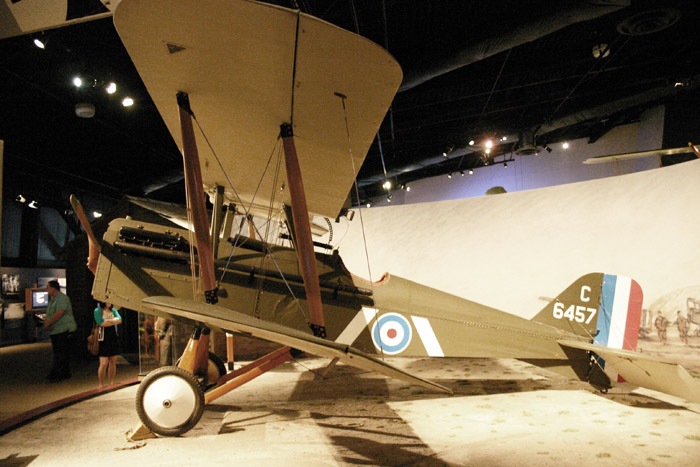|
HISTORY
In 1904–1906 the
Army Balloon Factory,
which was part of the Army
School of Ballooning, under
the command of Colonel James
Templer, relocated from
Aldershot to the edge of
Farnborough Common in order
to have enough space for
experimental work.
Templar retired in 1908 and
his place was taken by
Colonel John Capper.
In
October 1908 Samuel Cody
made the first aeroplane
flight in Britain at
Farnborough. In 1909
Capper was replaced as
Superintendent of the
Balloon Factory by Mervyn
O'Gorman.
In 1912 the Balloon Factory
was renamed the
Royal Aircraft Factory
(RAF). Among its
designers was Geoffrey de
Havilland who later founded
his own company, John
Kenworthy who became chief
engineer and designer at the
Austin Motor Company in 1918
and who went on to found the
Redwing Aircraft Co in 1930
(Flight International) and
Henry Folland – later chief
designer at Gloster Aircraft
Company, and founder of his
own company Folland
Aircraft. One of the
designers in the engine
department was Samuel Heron,
who later went on to invent
the sodium-filled poppet
valve, instrumental in
achieving greater powers
from piston engines.
While at the RAF, Heron
designed a radial engine
that he was not able to
build during his time there,
however upon leaving the RAF
he then went to
Siddeley-Deasy where the
design, the RAF.8, was
developed as the Jaguar.
Heron later moved to the
United States where he
worked on the design of the
Wright Whirlwind.
In 1918 the Royal Aircraft
Factory was once more
renamed, becoming the
Royal Aircraft Establishment
(RAE) to avoid confusion
with the Royal Air Force,
which was formed on 1 April
1918, and because it had
relinquished its
manufacturing role to
concentrate on research.
During WWII the Marine
Aircraft Experimental
Establishment, then based at
Helensburgh in Scotland, was
under the control of the
RAE.
In
1946 work began to convert
RAF Thurleigh into RAE
Bedford.
In 1988 the RAE was renamed
the
Royal Aerospace
Establishment.
On 1
April 1991 the RAE was
merged into the Defence
Research Agency (DRA), the
MOD's new research
organisation. Then, on 1
April 1995 the DRA and other
MOD organisations merged to
form the Defence Evaluation
and Research Agency (DERA).
The
Bedford site was largely
shut down in 1994.
In 2001 DERA was
part-privatised by the MOD,
resulting in two separate
organizations, the
state-owned
Defence Science and
Technology Laboratory
(DSTL), and the privatised
company
QinetiQ.
Source:
Wikipedia
|

